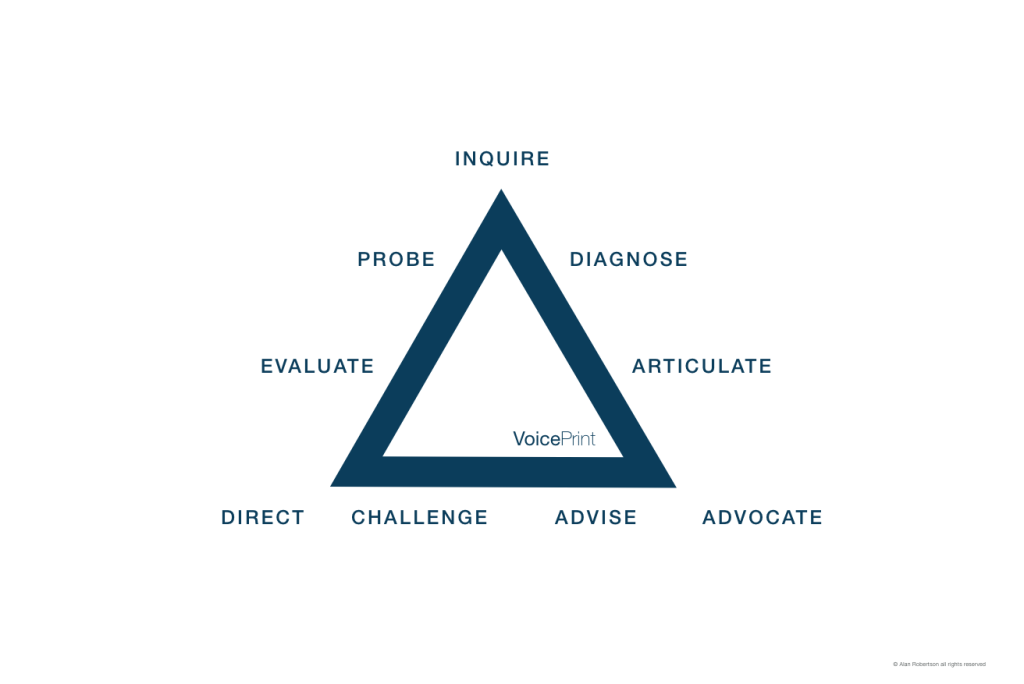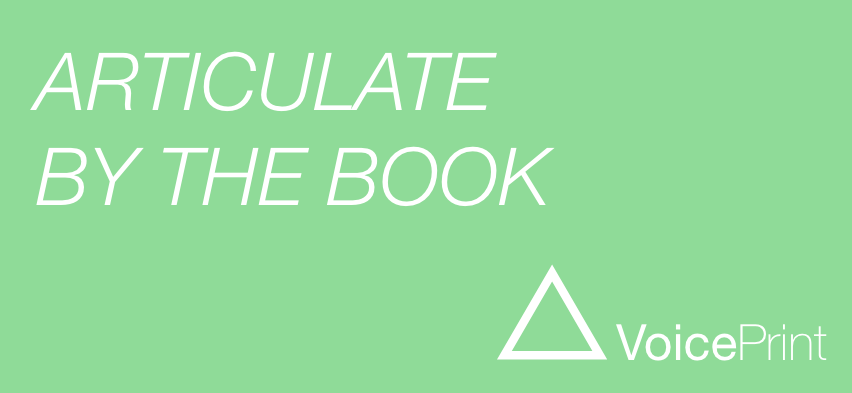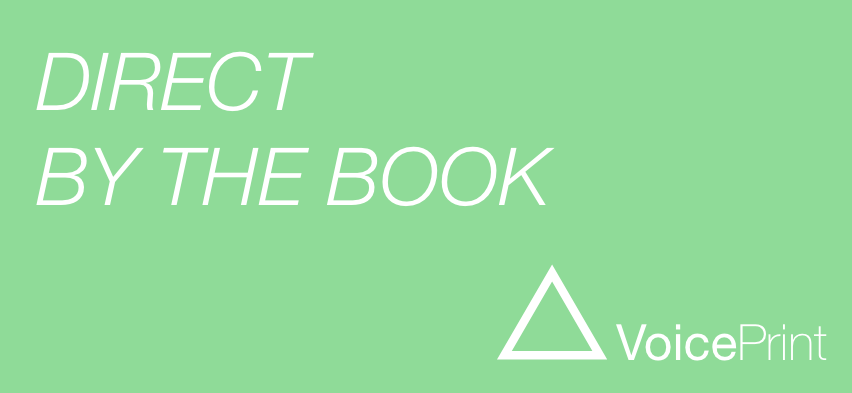
Good communication always depends on using our voices with care.
If our concerns and contributions are to be heard as we would wish, and if we are to understand what others are trying to say to us, we need to take care in how we speak and listen.
There are many obstacles to good communications, with busy-ness, force of habit and preoccupation with our own priorities always prominent among those impediments. But now, during the COVID-19 crisis, there are even more obstacles to good communicating than usual.
The virus has disrupted not just our health and well-being but also our normal patterns of interacting and communicating. Whether we are self-isolating, being sheltered, working from home and learning the skills and disciplines of video conferencing, or still sharing space but talking to each other from behind masks or from opposite sides of the road, we have all become conversationally as well as socially-distanced. Communicating feels harder than it used to.
The physical upsets caused by the pandemic are challenging enough, but the social and psychological disruptions are likely to produce bigger difficulties for good communication.
Sudden changes, especially those with very obvious negative impacts, always produce disquiet and anxiety. We all know that from past experience. We also know that the level of anxiety felt varies from one person to another (a variability which makes communicating with one another harder) and that the anxiety only really abates once we manage to make some satisfactory sense of what’s going on, how to cope with it and how to get on top of it, a process which also takes different people different lengths of time (another inter-personal variation that gets in the way of successful communicating).
We’re not yet at that turning point with COVID-19. This virus is not merely somewhat unfamiliar, not just mildly unsettling. It’s unusually virulent, life-threatening, a serial-killer. So we’re right to be anxious, highly anxious. And the smart strategy in circumstances like this is to put our energy into recognising what we don’t know and learning as fast as possible, so that we can make reliable sense of what we’re up against and how to deal with it.
But while the threats posed by COVID-19 are clear and unambiguous, the solutions are not. We don’t know when a cure will be found, developed or become available. We don’t know when or perhaps even whether we will get back to work. We don’t know what new normal we will eventually have to adapt to or when we will find out what that is.
Faced with both acute anxiety and chronic uncertainty, we are inevitably in for a prolonged period of pressure and stress.
Stress distorts communication. And if acute stress distorts it acutely, we can expect chronic stress to distort it chronically. So we need to prepare ourselves for a long-haul effort even to maintain, let along improve, the quality of our communications. The daily governmental television briefings on the virus have been a prompt and public step in that direction. But what are the rest of us to do for the communications within our own organisations, networks and teams?
VoicePrint insights into communication under pressure
Fortunately, VoicePrint research has generated some important insights into how we tend to communicate under pressure. These findings can help us to focus our efforts during these high-stress times.
First, the research shows that our range tends to shrink under pressure: we use fewer ‘voices’ and generally show less versatility, relying instead on a few that we, individually, prefer or trust. It’s analogous to how our gaze narrows and becomes more focused. The problem is that different individuals choose to concentrate on different forms of talk. So one person might concentrate on diagnosing, while another focuses on advocacy and another puts their energy into challenging. The result of this individual narrowing of approach is that the gaps between people get larger, the tensions between them get bigger and so do the misunderstandings and miscommunications.
The second finding is that under pressure we tend to over-use our preferred voice. One way or another we put too much energy into it, either by literally raising our voices and speaking louder, or by using the voice for too long, repeating ourselves unnecessarily to the point where our advocacy sounds like preaching, our advising sounds patronising, our challenging sounds like attacking and so on. Our intentions might well be good, but without care, sensitivity and timing, the effect of over-doing any voice is usually either to turn people off or to turn them against us.
The third finding from VoicePrint research is that there are three of the nine forms of purposeful talk that are particularly vulnerable to increased pressure. Inquiring, Articulating and Evaluating are generally the most fragile voices and become the first casualties of increased pressure. More specifically, the open-mindedness of the Inquire voice is often replaced by a narrower form of exploration, the clarity and precision the Articulate voice gets lost, and the thoroughness and objectivity of the Evaluate voice diminishes into a more subjectively critical form.
The paradox here is that none of these responses to stress is necessarily bad or counter-productive.
Imagine a high-pressure video conference…
- It might be useful to start your exploring with a hypothesis or an assumption, rather than from a blank sheet (aka open mind); especially if you already have some sense of what the problem might be, this might provide a time-saving mental short-cut. ‘Rather than ask each of you in turn for a projection, let’s assume this year’s revenue will be down by as much as 20%; what are the implications we need to think through?’
- It might be appropriate to be less patient and more urgent, putting your energy into another form of talk rather than into explanation, if further clarification is not required. ‘We know that supplies of that item are going to be delayed for at least another week, so let’s not waste time talking about why that’s happened; let’s come up with some actions that we can take in the meantime.’
- It might be helpful to make your evaluation more pointed, even at the risk of sounding as if you’re criticising, if individuals have already taken on accountabilities and need to be held to account. ‘We said we’d speak to every member of staff in person by the end of last week, and we agreed that was important for morale. The general response has been positive, but not everywhere. John, you committed like the rest of us, but then you only spoke to some of your people.’
- It might be productive to put more energy into your voice as a way of reinforcing the importance of what you are saying, especially if useful contributions are in danger of getting lost in the noise. ‘I know I’m raising my voice, and I’m sorry about that, but I’m concerned that we’ve still not agreed a timescale for this plan.’
- It might be valuable to restrict your range in order to make a contribution that is distinct and additive, when it is important to keep discussions on-point and moving forward. ‘I don’t have anything significantly different to add to what’s already been said. Shall we move on to the next item?’
We all have access to the same repertoire of voices, the same variety of ways of using talk to communicate. But using these resources to good effect requires attention to context, sensitivity to others and skill in practice. These capabilities can be within our control, if we choose.

We can’t communicate to good effect without awareness
The problem is that we cannot exercise any of those choices, or communicate to good effect, without awareness. We need to be mindful of our own particular individual and group patterns of using talk, mindful of the circumstances in which we find ourselves and mindful of the impacts that are occurring in the moment.
Care-givers are, rightly, at the centre of our attention at the present time, exerting themselves harder than ever to maintain our health and well-being. It’s time for all of us to be taking and providing extra care. The place where each and every one of us can do that is in how we communicate.
It’s a time when we need to use our voices with extra care.
Stay safe, Alan Robertson – VoicePrint
Ready for a conversation?


